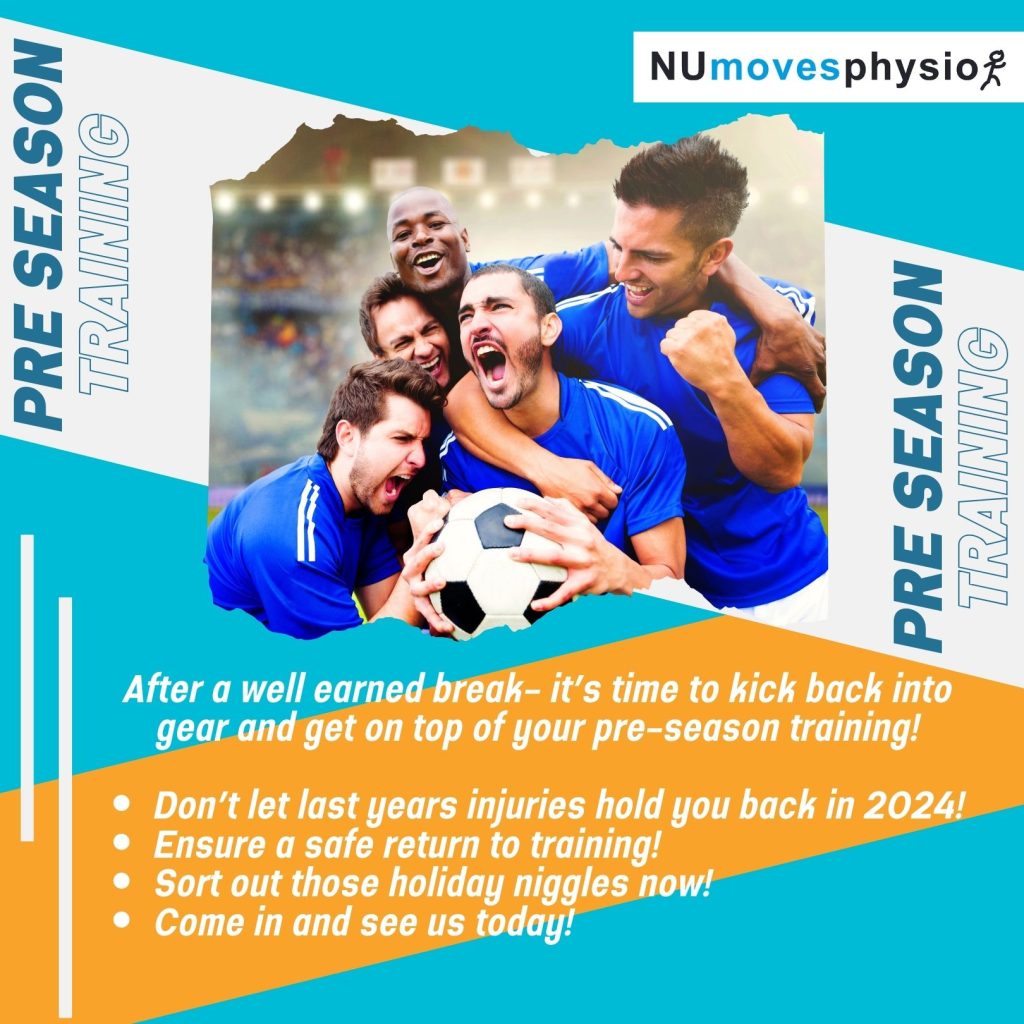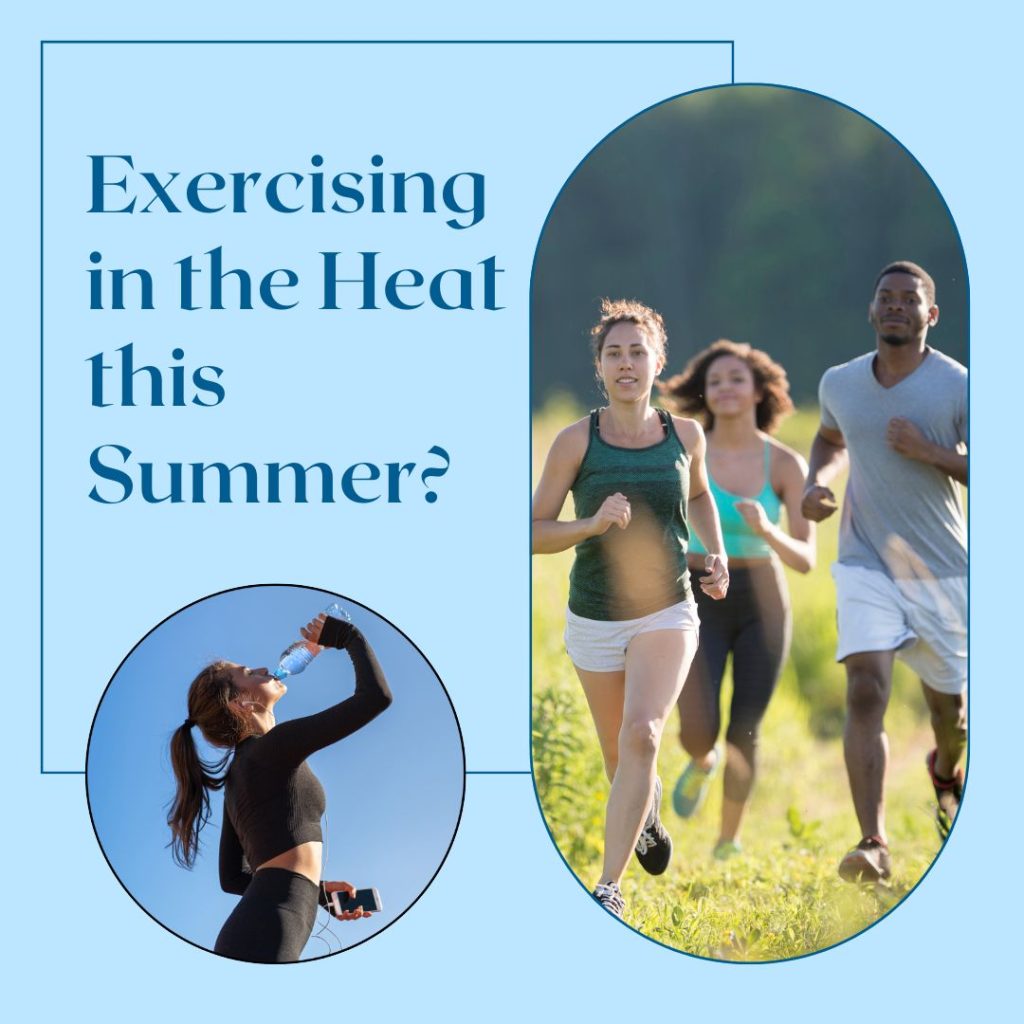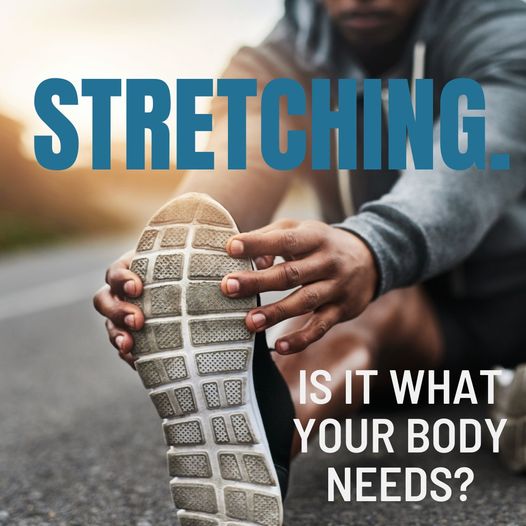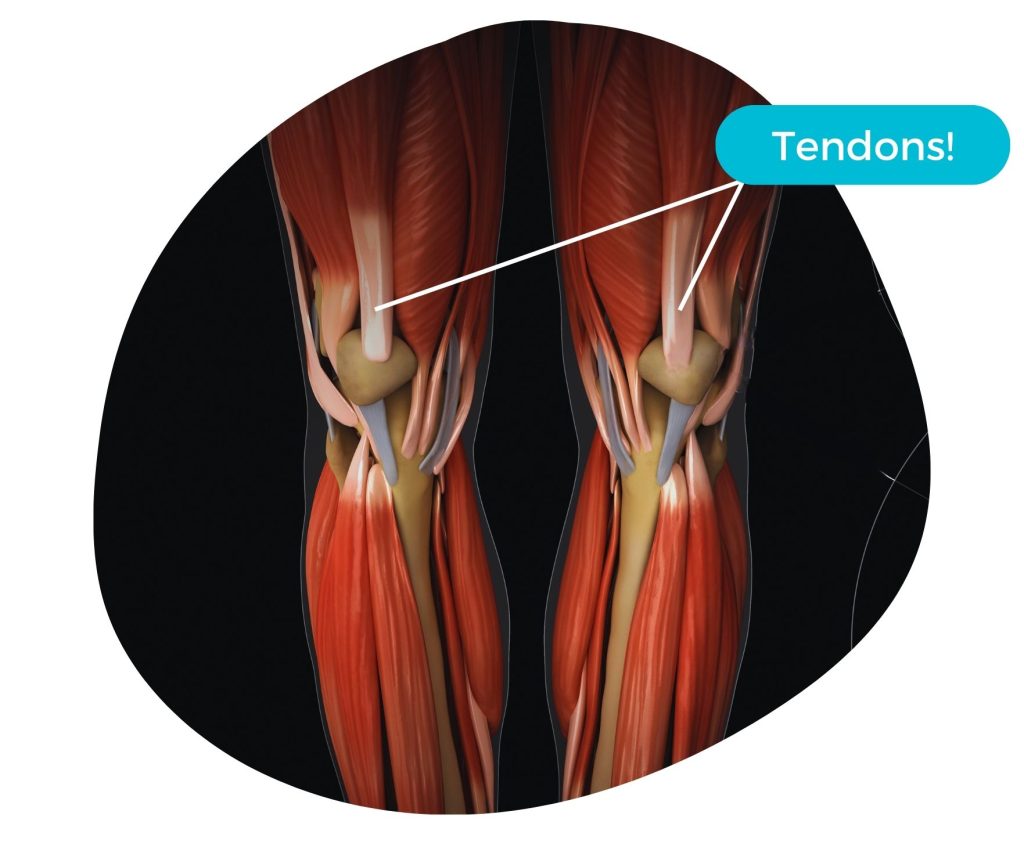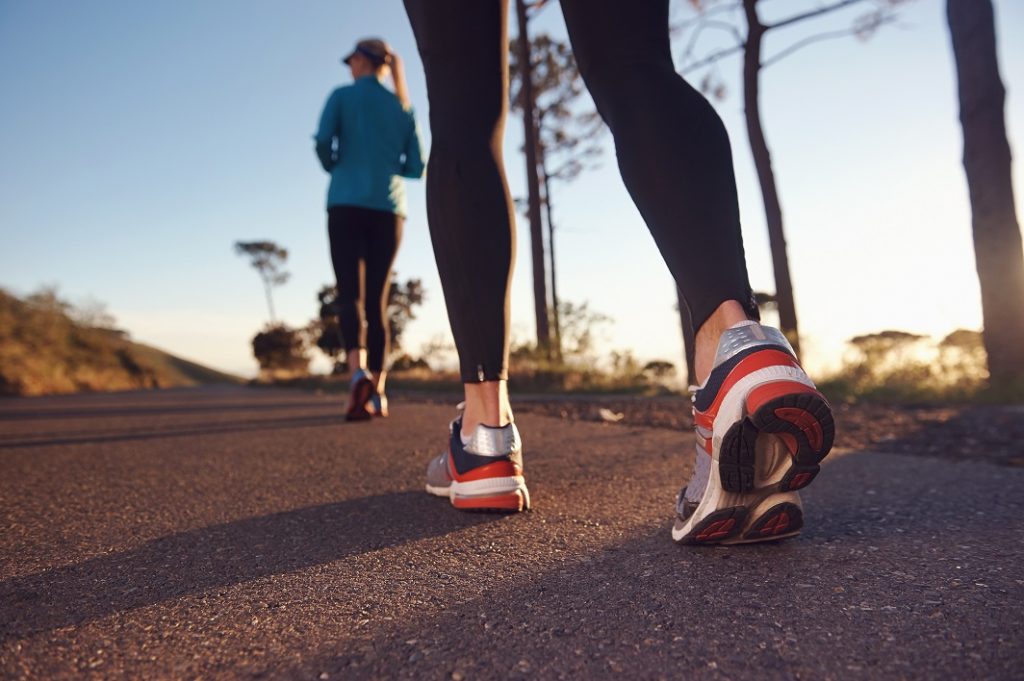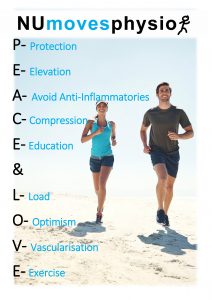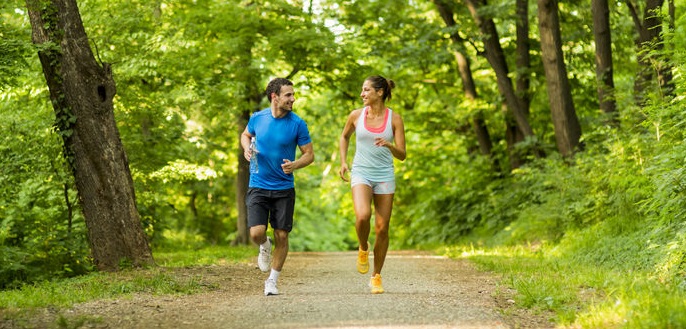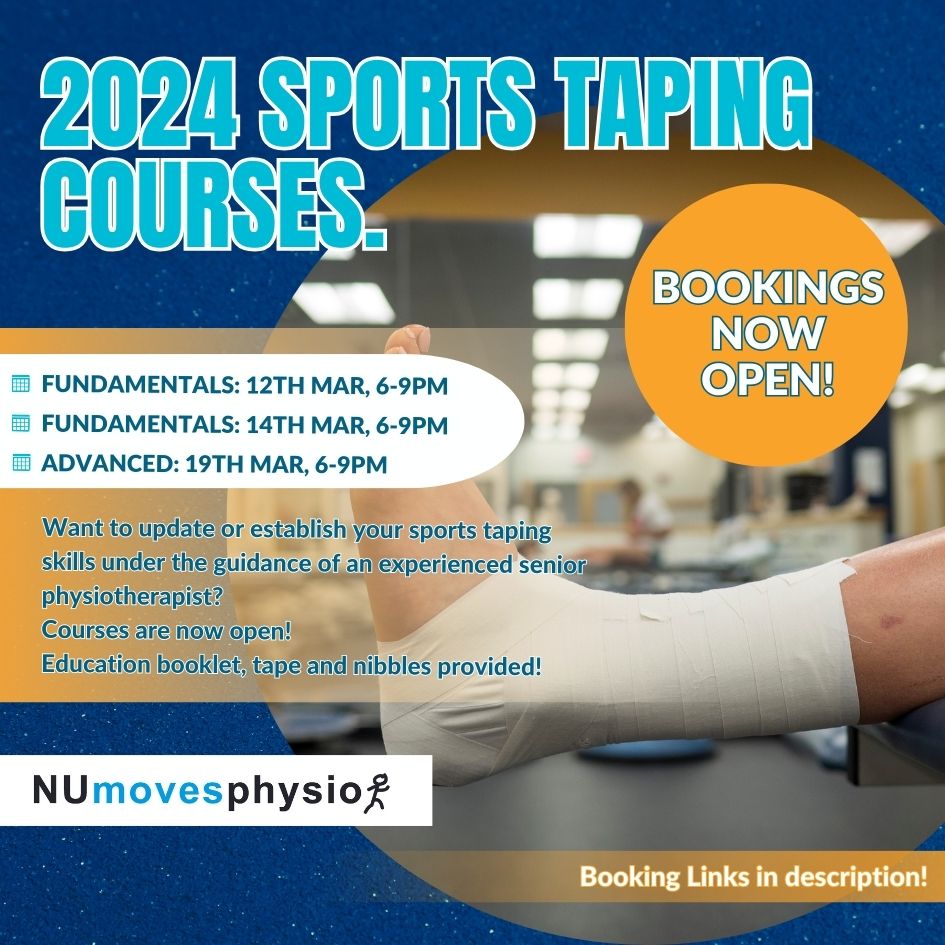
Rigid Taping Fundamentals: 12th & 14th March 2024 6pm- 9pm.
Advanced Sports Taping: 19th March 2024 6pm- 9pm.
About the courses:
Rigid Taping Fundamentals provides education and hands on experience covering all the common taping techniques by highly qualified and experienced physiotherapists at NUmoves physio.
This course will focus on the rigid taping of the:
*Ankle
*Knee
*Shoulder
*Wrist
*Thumb
*Fingers
Book HERE for Rigid Taping Fundamentals Tuesday 12th March 2024.
Book HERE for Rigid Taping Fundamentals Thursday 14th March 2024.
Advanced Sports Taping is designed for those with a basic understanding of taping principles. We will take a further look into the application of both rigid and dynamic tape for common presentations in sport. This course provides education and hands on experience for those wishing to advance their skills using rigid and dynamic tape taught by highly qualified and experienced physiotherapists at NUmoves physio.
This course covers taping for the following conditions;
*Patellofemoral pain syndrome (PFPS)
*Plantar fasciitis
*Turf toe
*Elbow instability
*Muscle strains
*Scapular dyskinesia
Book HERE for Advanced Sports Taping Tuesday 19th March 2024.
Education booklets, tape & Nibbles will be provided.
Hope to see you there!

